Comparing Skin Rashes: Causes & Symptoms
By Clara Vandermeer / Oct 27
Did you know that allergic skin reactions can manifest in various forms and are often triggered by everyday substances? Understanding these conditions is the first step toward managing them effectively.
Delving into the common causes, immune system responses, and effective remedies for allergic skin rashes and hives.
Allergic skin rashes and hives, also known as urticaria, are common skin reactions that can cause discomfort and confusion. Have you ever experienced sudden, itchy welts that seem to appear out of nowhere? You're definitely not alone! These reactions can be a sign that your body is responding to an allergen or irritant.
In this section, we’ll explore what exactly constitutes allergic skin rashes and hives, delve into the common causes, and discuss the immune response that triggers these skin reactions. Understanding these aspects can empower you to identify and manage your symptoms more effectively.
Allergic skin rashes manifest as red, itchy patches or welts on the skin. They can vary in size and shape, sometimes appearing as raised areas (wheals) or flat, red spots. Hives, in particular, can change location quickly, which can be quite baffling!
Being aware of these types of rashes is the first step toward effective management. If you notice a rash that persists or worsens, it’s advisable to seek professional guidance.
Urticaria can be triggered by a variety of factors. Understanding these can help you pinpoint potential allergens in your environment. Common causes include:
By identifying these triggers, you can take proactive measures to avoid them, reducing the likelihood of future outbreaks. Keep in mind that sometimes, the cause may not be immediately obvious, so documenting your reactions can be helpful.
When your body encounters an allergen, it initiates an immune response that leads to the release of histamine. This chemical plays a crucial role in causing the symptoms associated with allergic reactions. For instance, histamine increases blood flow to the area, causing redness and swelling. The complex interplay of immune responses is also relevant when considering conditions like atopic dermatitis, where immune system dysregulation contributes to skin inflammation.
Understanding this process can help you appreciate why treatments often focus on blocking histamine’s effects. Here’s a quick overview of how it works:
By grasping the underlying mechanisms of these skin reactions, you can better navigate your treatment options and engage in preventive measures. It’s all about understanding your skin better!
Allergic skin rashes are typically red, itchy patches or spots, often a response to allergens like pollen or pet dander. Hives (urticaria) are specifically itchy welts that can appear and disappear quickly and are often caused by allergic reactions, medications, or physical stimuli.
Common triggers include food allergies (e.g., nuts, shellfish), insect stings or bites, certain medications (e.g., penicillin, aspirin), environmental factors (e.g., pollen, pet dander), and physical triggers (e.g., heat, stress).
When an allergen is encountered, the immune system releases histamine. This chemical increases blood flow to the affected area, causing the characteristic itching, swelling, and redness associated with allergic skin reactions and hives.
Effective remedies include antihistamines (like diphenhydramine for nighttime, or cetirizine and loratadine for daytime) to reduce itching and swelling, topical treatments such as hydrocortisone cream for inflammation, calamine lotion for soothing, and cool compresses for immediate comfort. Products with menthol or aloe vera can also provide cooling relief.
You should seek professional medical help if your symptoms persist, worsen, or if you experience severe reactions such as difficulty breathing, swelling of the face or throat, or widespread hives. A healthcare provider can help identify the cause and recommend a tailored management plan.
To effectively manage allergic skin rashes and hives, consider keeping a detailed diary of your symptoms. Note down when rashes occur, potential triggers like foods or environmental factors, and the effectiveness of treatments you try. This approach can help you and your healthcare provider identify patterns and tailor a management plan that works best for you.
As we wrap up our discussion on allergic skin rashes, it’s essential to reflect on the critical aspects we've covered. Understanding the different types of rashes and their causes is the first step toward effective management. Remember, allergic skin reactions can vary from mild to severe, so recognizing the signs early is vital for your skin health!
In summary, here are some effective over-the-counter solutions that can help alleviate symptoms:
By utilizing these remedies, you can empower yourself to manage allergic reactions more effectively. At What Are Rashes, we believe in the importance of proactive skin care, and having these options on hand can make a world of difference!
Let’s delve a little deeper into those over-the-counter options we mentioned. Here’s a quick guide to help you choose the right products when those pesky rashes strike:
Remember, every skin type reacts differently. What works wonders for one person may not be as effective for another, so it’s essential to pay attention to your body’s responses!
We’d love to hear from you! Have you tried any of these over-the-counter remedies for your allergic skin rashes? What worked best for you? Sharing your experiences not only helps others but also fosters a sense of community where we can all learn together. Feel free to drop your questions or tips in the comments below!
Engaging with fellow readers can provide additional insights and support, making your journey toward healthier skin that much easier. At What Are Rashes, we’re here to empower you every step of the way. So don’t hesitate to join the conversation!
Here is a quick recap of the important points discussed in the article:
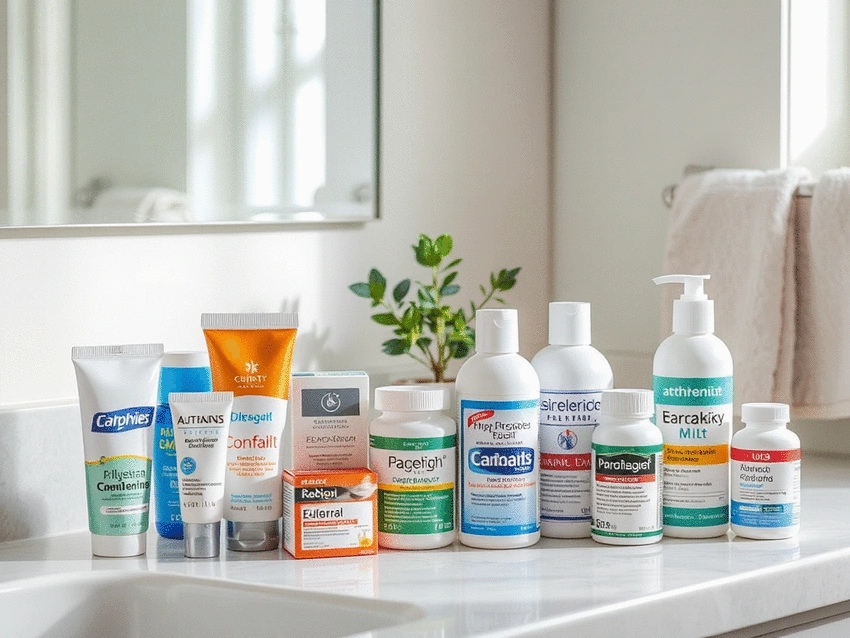
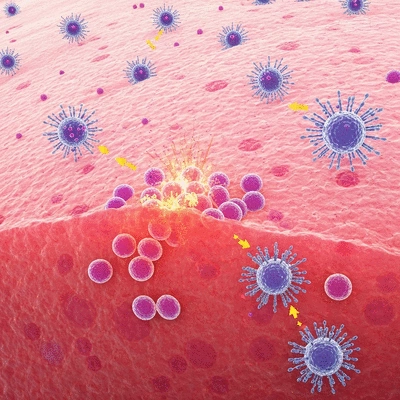

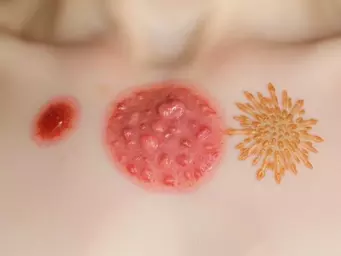 Comparing Skin Rashes: Causes & Symptoms
In the realm of skin health, recognizing the different types of rashes can be the difference between
Comparing Skin Rashes: Causes & Symptoms
In the realm of skin health, recognizing the different types of rashes can be the difference between
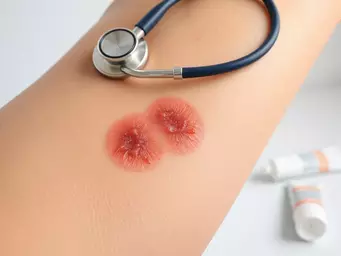 Identifying and Treating Ringworm
Have you ever wondered how a simple skin rash could create so much confusion? Understanding ringworm
Identifying and Treating Ringworm
Have you ever wondered how a simple skin rash could create so much confusion? Understanding ringworm
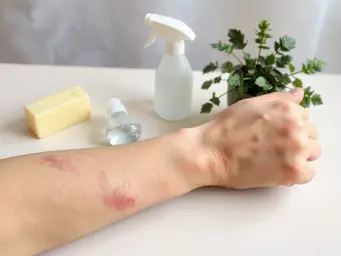 Understanding Contact Dermatitis Causes
Everyday encounters with common products can lead to unexpected skin reactions. By understanding the
Understanding Contact Dermatitis Causes
Everyday encounters with common products can lead to unexpected skin reactions. By understanding the